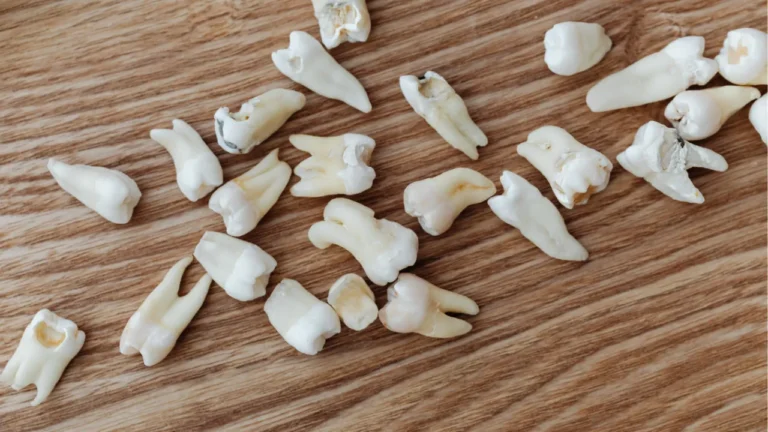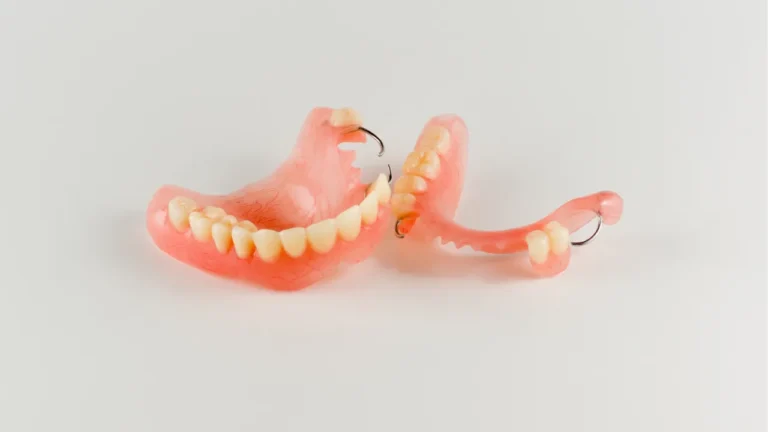Tooth extraction might sound intimidating, but it’s actually a common, safe dental procedure that can protect your oral health when a tooth is too damaged or problematic to save.
At Every Smile Dental, we always prioritise preserving your natural teeth first. But when extraction becomes necessary, we make the process gentle, precise, and as comfortable as possible.
This guide explains why a tooth might need removal, what to expect during the procedure, and how to care for your mouth afterward.
Quick Summary: Tooth Extraction at a Glance
- Last resort when a tooth cannot be saved
- Common reasons: severe decay, gum disease, impacted wisdom teeth, overcrowding, fractures, or infection
- Comfort-focused process: numbing anaesthesia, careful extraction, and clear aftercare instructions
- Recovery tips: rest, soft foods, avoid smoking/straws to prevent dry socket
- Tooth replacement options: implants, bridges, or dentures for restored function and appearance
Why Would a Tooth Need to Be Extracted?
Tooth extraction is typically considered a last resort—but sometimes, it’s the best option to protect your smile and overall health. Here are some of the most common reasons for extraction:
1. Severe Tooth Decay
When decay extends deep into the tooth and damages the nerve or surrounding structure, and a root canal or filling is not enough, removal may be necessary.
2. Gum Disease
Advanced periodontal disease can loosen the supporting structures of your teeth, making extraction necessary to prevent further infection.
3. Impacted Wisdom Teeth
Wisdom teeth that are trapped under the gums or growing at an angle can cause pain, crowding, and infection.
4. Overcrowding
In preparation for orthodontic treatment, one or more teeth may need to be removed to allow proper alignment.
5. Broken or Cracked Teeth
If a tooth is fractured beyond repair, especially below the gum line, extraction may be the best option.
6. Infection or Abscess
When an infection spreads and doesn’t respond to antibiotics or root canal therapy, extraction might be necessary to stop it from affecting nearby teeth or bone.
What to Expect During a Tooth Extraction
At Every Smile Dental, we prioritise patient comfort and use local anaesthesia to ensure a pain-free procedure. Here’s a general overview of the process:
Step 1: Examination and X-rays
Your dentist will assess the tooth and surrounding area using X-rays to determine the best method of extraction.
Step 2: Anaesthesia
A local anaesthetic is applied to numb the area. In some cases, sedation options are also available for anxious patients or more complex extractions.
Step 3: Extraction
- Simple extraction: Used when the tooth is visible above the gumline. The dentist gently loosens and removes the tooth with forceps.
- Surgical extraction: Needed for impacted or broken teeth. A small incision is made in the gum to access and remove the tooth.
Step 4: Post-Extraction Care
The dentist places gauze over the area to control bleeding and may provide stitches if necessary.
Recovery: What to Expect After a Tooth Extraction
Healing times can vary, but most people begin to feel better within a few days. Here are some important recovery tips:
Do:
- Bite down on gauze for 30–45 minutes to stop bleeding
- Apply a cold compress to reduce swelling
- Rest for at least 24 hours after the procedure
- Eat soft foods (like soup, yoghurt, and mashed potatoes)
- Keep your mouth clean, but avoid brushing the extraction site for the first day
Don’t:
- Smoke or use a straw (this can dislodge the clot and cause a painful dry socket)
- Eat hard, crunchy, or spicy foods
- Rinse your mouth aggressively during the first 24 hours
- Touch the extraction site with your fingers or tongue
Most people recover fully in about 7–10 days, depending on the complexity of the extraction.
Replacing a Missing Tooth
If the extracted tooth is not a wisdom tooth, your dentist may recommend a replacement option such as:
- Dental implant
- Bridge
- Partial denture
Replacing missing teeth helps prevent other teeth from shifting and maintains proper bite function.
Trust Every Smile Dental with Your Care
Tooth extraction may not be something you look forward to, but at Every Smile Dental, we make the experience as smooth and stress-free as possible.
We’re here to guide you every step of the way—from diagnosis to aftercare—and provide replacement options to restore your smile.
If you’re experiencing tooth pain or think you may need an extraction, contact us today to schedule an appointment.







